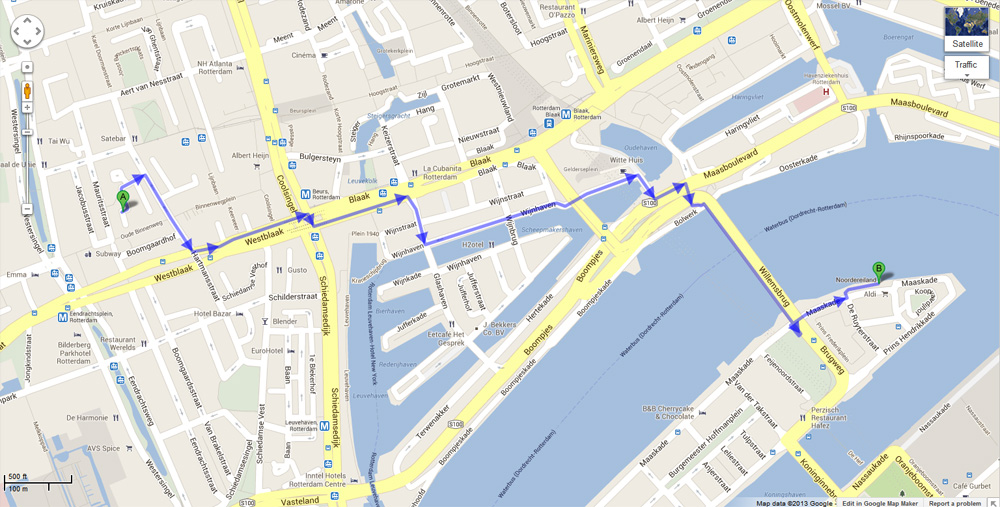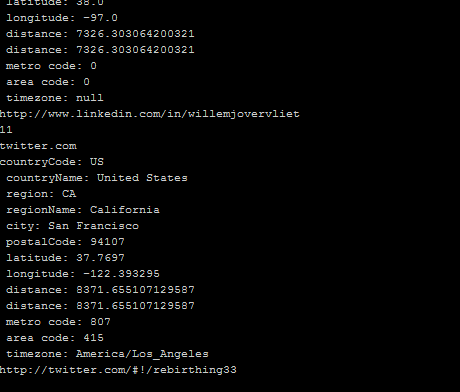User:Mathijs van Oosterhoudt/netspace2
Summary
NetSpace is an interactive installation which crawls the web and makes a database that sorts found images, videos, text and audio based on their geographical storage location to create a three dimensional collage of said data based on their closeness in reality rather then their contextual closeness. Where you'd normally browse the web from page to page through subject and contextual links by using hyperlinks, one can now 'browse' it through it's relative physical server-location.
NetSpace is a project I sent in for the V2_ Summer Sessions, but will be further developed regardless. Some rambled test-code regarding web crawling can be found here, should work in Processing.
{{#ev:vimeo|64021367}}
transcript
The Internet carries an extensive range of information resources and services, such as the inter-linked hypertext documents of the World Wide Web.
The internet is used daily by an unimaginable amount of users. However, the majority of these users have little understanding of it.
What is often forgotten is that the web also has a vast geogrephical impact on the world. Whilst one website might be located on the other side of the globe, it can reach you in mere seconds.
To allow this, there needs to be a physical cable or partial wireless network that connects you to your destination on the internet. This can take many possible routes, and many connections exist.
Netspace is an interactive installation that explores the internet three dimensionally through it's geographical location. Instead of using relevant hyperlinks to browse from one website to the other, a website's physical location on the planet is what determines where one can go.
This is done through a set of web crawlers and spiders continiously browsing the web in an automated fashion, whilst tracing the IP addresses of websites using the GeoIP database.
These locations are linked to the website's address and stored in a constantly growing database.
These are then used in a three dimensional gaming engine, like for example Unity, to allow visitors and users to decide their own path in web space exploration. Nearby websites are visible in the distance, as well as borders of countries and states.
The end result becomes a digital representation of our world, as viewed through websites, images, texts, videos and audio.
One can visit Mexico City, but it is the websites, audio and video stored there that determine how it looks and feels.
Is there a link between how we perceive a place and it's presence on the web?
Imagine only being able to visit websites that are located near you, having to move elsewhere to access different websites.
How would we see the web, and would our understanding of it change?
Reversing the idea, physical website visits
A small program redirects all websites that are not within a close approximation of your own location to a list of directions on how to get to the (physical location of the) website.
At arrival the website will be able to be viewed.


